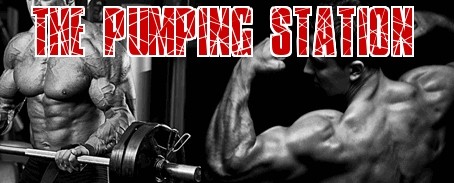Heart Smart Diet and Exercise Program
The American Heart Association (AHA) explain that 70% of Americans don't do exercise on a regular basis and that inactivity is the reason for the development of coronary artery disease (CAD). The heart smart diet and exercise program listed on the AHA website includes a number of minimum requirements.
The diet offers guidelines as well as recipes however the basics of eating correctly will only happen when you shop correctly. With that in mind we will highlight a few pointers so that you can get the foods into your home which will have a better chance of been eaten than sitting on a grocer shelf.
The first step is to avoid all processed foods which is not as easy as it sounds but selecting plant based foods is key when food shopping. Whole grain breads and cereals and vegetables high in fiber will ensure your heart stays healthy. Fiber is an important key to maintaining the health of your heart.
Reducing salt intake starts with getting your taste-buds more accustomed to eating your food without salt added when you sit at the table. Avoid bad fats and always look to purchase good fats like nuts or olive oil and avocadoes and fish. You need to be aware of saturated fats and trans fats found in all junk food.
As far as exercise is concerned the AHA tell us that in order to prevent heart disease only 30 minutes of any moderate-intensity aerobic exercise is recommended. From walking to swimming and rowing, the choices are endless as it could also include low-impact aerobics.
Doing 30 minutes of cardio (aerobic) exercise five times a week is recommended by the AHA. The definition of moderate intensity according to the AHA is 55% to 59% of your maximum heart rate. Your maximum heart rate is 220 minus your age so you may need a calculator to work out exactly what target range you are looking for, basically moderate intensity means you can talk while training.
Below is a brief list of a few examples of moderate intensity so that you can select what suits you best but there are also many other alternatives.
Walking briskly but not race walking or power walking
Water aerobics
Cycling slower than 10 m/hour
Playing Tennis (doubles)
Ballroom dancing
General gardening
Gentle steady rowing
Low impact aerobics
Click Here to Sign Up for Your Free Bodybuilding Magazine Subscription
